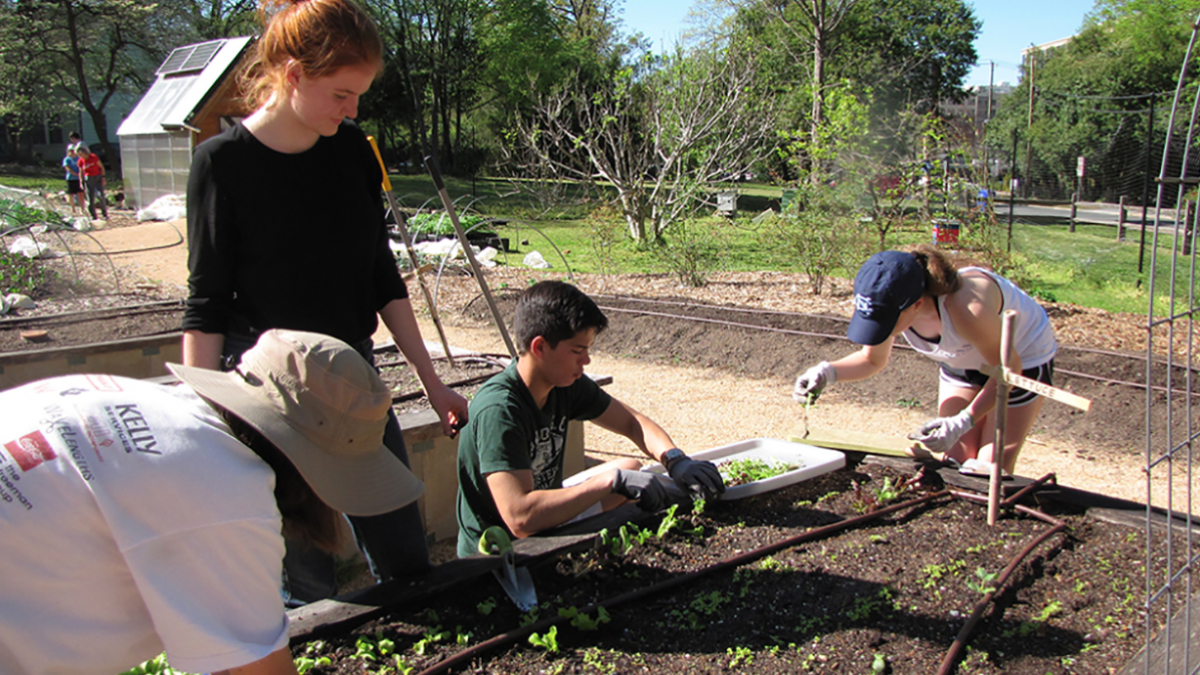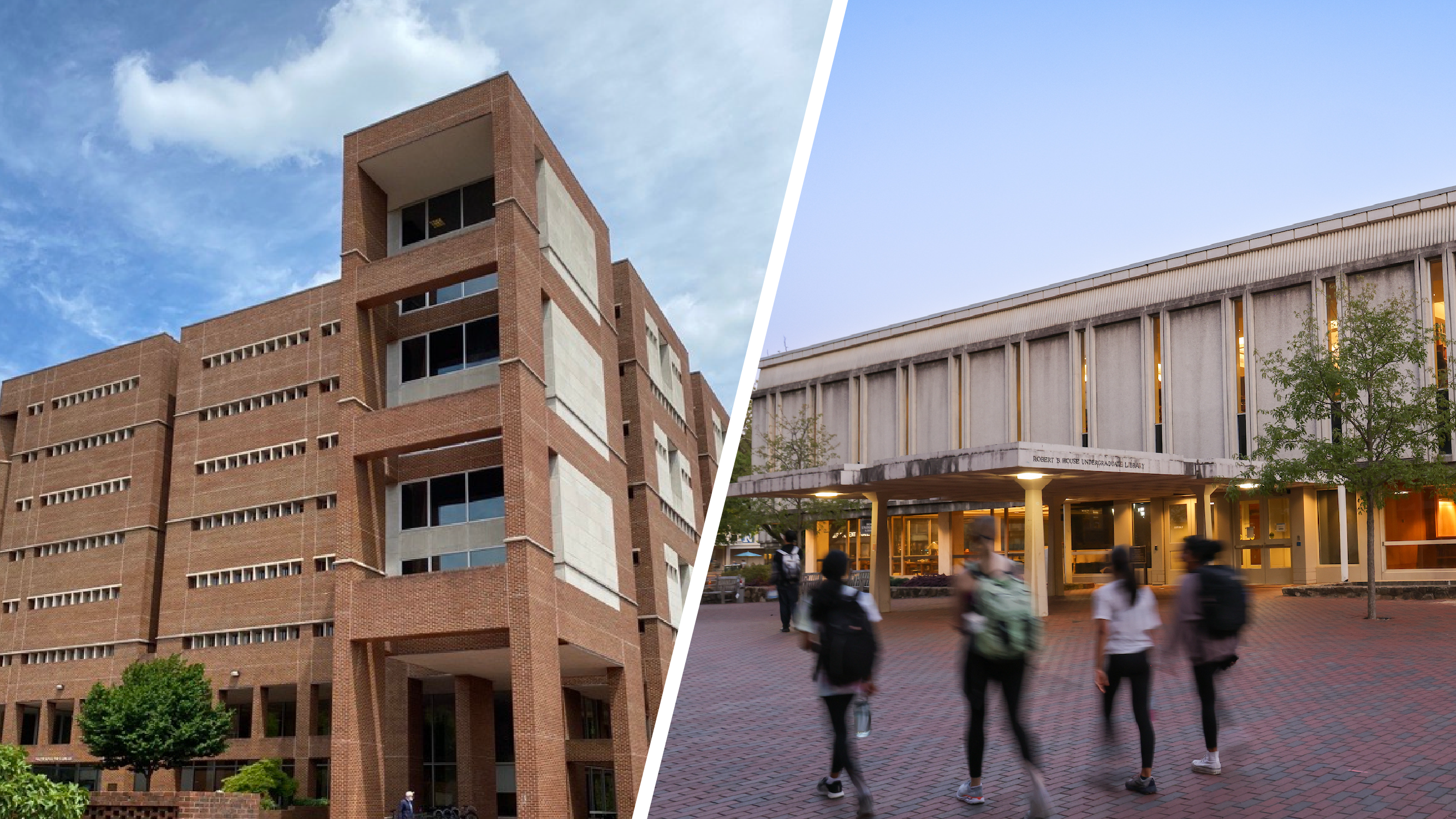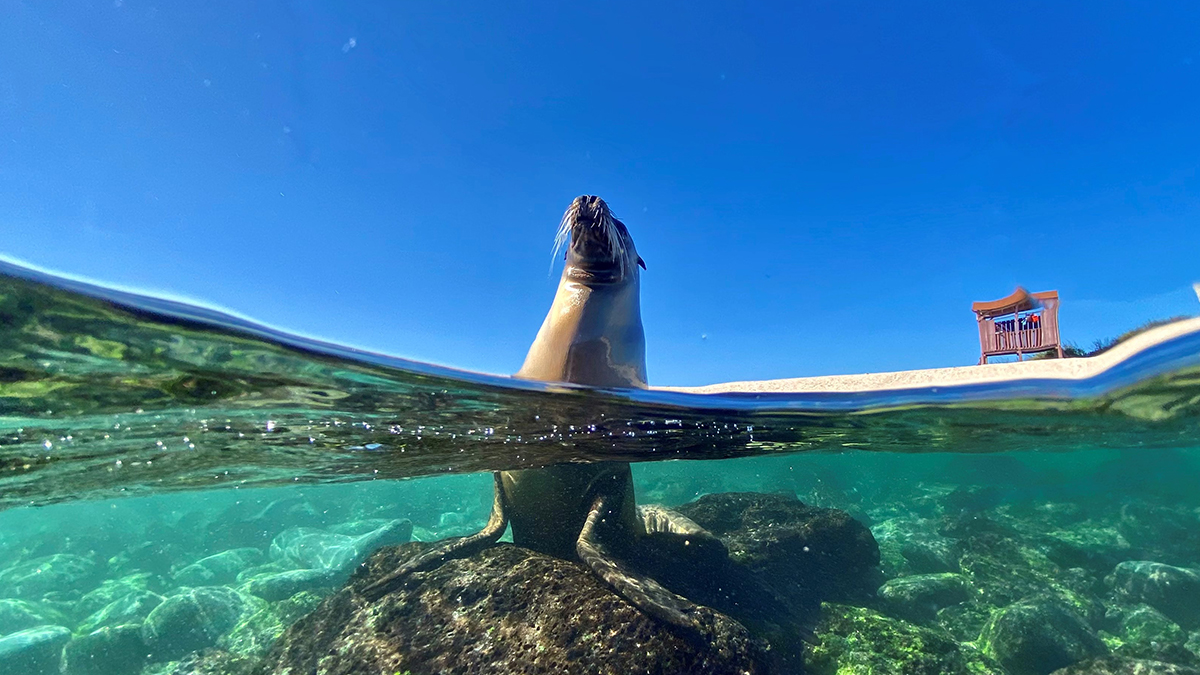CURE-ious Chemistry
In collaboration with the Carolina Campus Community Garden, chemistry undergraduates are developing their own research questions and projects in a new class at Carolina, thanks to the drive and dedication of organic chemistry professor Nita Eskew

Madeline Cooke squats in the dirt and leans over the stacked, wooden two-by-fours supporting a raised garden. Scissors at the ready, she trims away weeds and checks the health of rows of red-stemmed succulents. Although many might consider this jade-like plant — called purslane — a weed, it’s actually edible, often found in Asian soups, salads, and stews. And it’s packed with antioxidants.
Cooke, a UNC-Chapel Hill senior majoring in chemistry, spent six months last year helping organic chemistry professor Nita Eskew tend to these weedy plants so she could use them in her “Chemistry of Purslane” class. A Course-Based Undergraduate Research Experience (CURE), the class provides many students with their first active research experience.
“Some students don’t have the opportunity to do undergraduate research while they’re here, so this gives them the experience while also getting course credit,” Eskew explains. “I also wanted to get some type of chemistry research going in an undergrad lab course so students would have some purpose in their experiment other than making crystals and throwing them in the waste jar and walking out.”
Organic chemistry can be a little obscure, admits Eskew, so a course that highlights real-world applications draws more student attention. “It’s helpful to have something more concrete you can put your hands on,” says Eskew, adding that the class had so many applicants she couldn’t accept them all.
Purslane’s antioxidant content suggests it has medicinal properties — but it’s largely understudied in the United States. Eskew hopes that she and her students can answer some basic questions about it. What are the main differences between the gold and red varieties? Does one have a higher antioxidant concentration than the other? Does the growing environment impact their chemical composition?
Encouraging curiosity
Throughout the class, which first began in Spring 2017, Eskew teaches standard chemistry techniques like extraction and ultraviolet-visible spectroscopy for identifying antioxidants in plants. Although every student learns how to perform these procedures, Eskew encourages each individual group to cultivate their own sets of questions and experiments.
“It’s about not having a recipe,” Eskew points out. “It’s about developing questions and going through the process of testing and modifying. And it’s also about iteration.”
In a traditional chemistry lab, students will complete one experiment and then move onto a different one in the following lab. But in this class, they’ll continue to run the same experiments three times or more, tweaking them each week. “In research, you don’t just do an experiment one time — you do it multiple times to try to improve it and see if you can reproduce results.”
To test the purslane for antioxidants, students perform a procedure involving a color shift that indicates when antioxidants are present. “Students can actually visualize what’s happening when the electrons are moving because they see a physical change in color,” Eskew says. “It makes the chemistry of it all more real.”
“The first time my team completed the test we were really excited — because the procedure worked,” Cooke explains. “It felt very gratifying and ebullient, and I think a lot of my group members shared that energy.”
Read more about this class at the Endeavors website.




